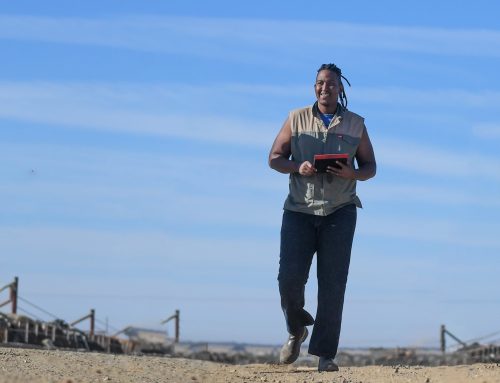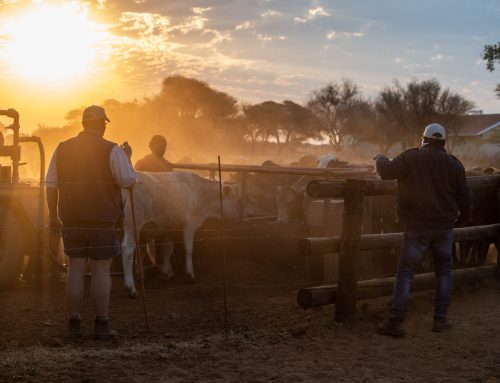December 2021: The beef processing sector in South Africa has experienced its fair share of ups and downs in 2021, battling the fall-out from COVID-19 like severe supply chain backlogs, more pressure on pricing (pushing it upwards), and ongoing disease management burdens like Foot-and-Mouth Disease outbreaks.
Yet, there has been some positivity, according to Louw van Reenen, CEO of Beefmaster Group, a leading specialist beef producer based in South Africa for local and global markets.
“Although the impact of the uncertain climate on the beef producer has mostly been negative, some positivity kicked-in during the latter half of the year with restaurants opening more fully post-Lockdown Level 3, and Botswana opening its borders to us for the import of cattle,” says van Reenen. “These events were able to stimulate the trade and supply of beef.”
However, he says the skyrocketing cost of raw materials, stock and animal feed, together with the prevailing high price of weaners, will continue to make it a difficult operating environment for beef producers in 2022. Another risk factor includes the impact of disasters like fires and floods on cattle farmers and other suppliers, which has a knock-on effect on beef production.
Beefmaster Group is firmly setting its sights on greener pastures overseas, hoping to take advantage of the increased interest in SA beef from global players, given that it predicts the SA consumer market for beef to be negative to flat in 2022.
“We are positive on international markets for next year, given that our beef products continue to be sought-after in key destinations. We are hoping for more access to other leading destinations, based on the success SA has had with beef exports, and the excellent reputation South African beef has garnered,” says van Reenen.
He adds that the company’s main strategy for 2022 is to stay focussed on producing a quality product, while remaining profitable.
“Staying profitable is very difficult given the range of challenges we are facing: Security of energy supply and service delivery remain risks to our business,” says Louw. “We do believe however that we have an opportunity to service customers better at lower cost and price. We are looking at how we can do this in 2022.”
He emphasises that the company aims to add value to its stakeholders in 2022 through training programmes for staff, developing emerging farmers and ensuring lower input costs into production, while keeping the business lucrative.
“Making the most of the current environment means we need industry players to work together to establish workable plans that will ensure our beef industry remains an enviable sector, as well as profitable well into the future. I think the solution lies in collaborating on industry-wide issues that are within the immediate locus of our control, like traceability, alternative energy solutions and using more sustainable resources. We cannot control things like the stability of the political environment, nor things like the disasters; we can only try to plan for their impact on our operations,” concludes van Reenen.






